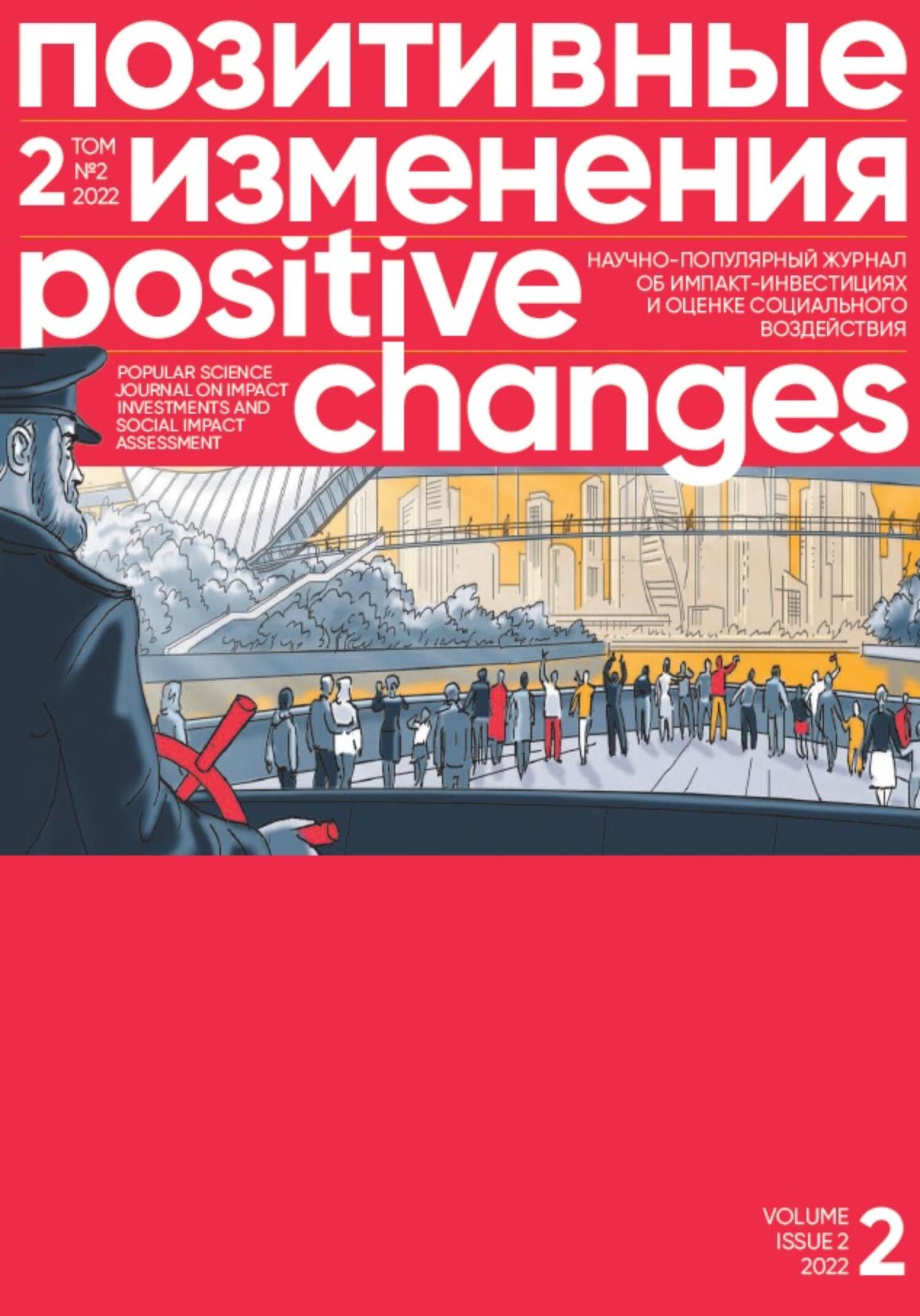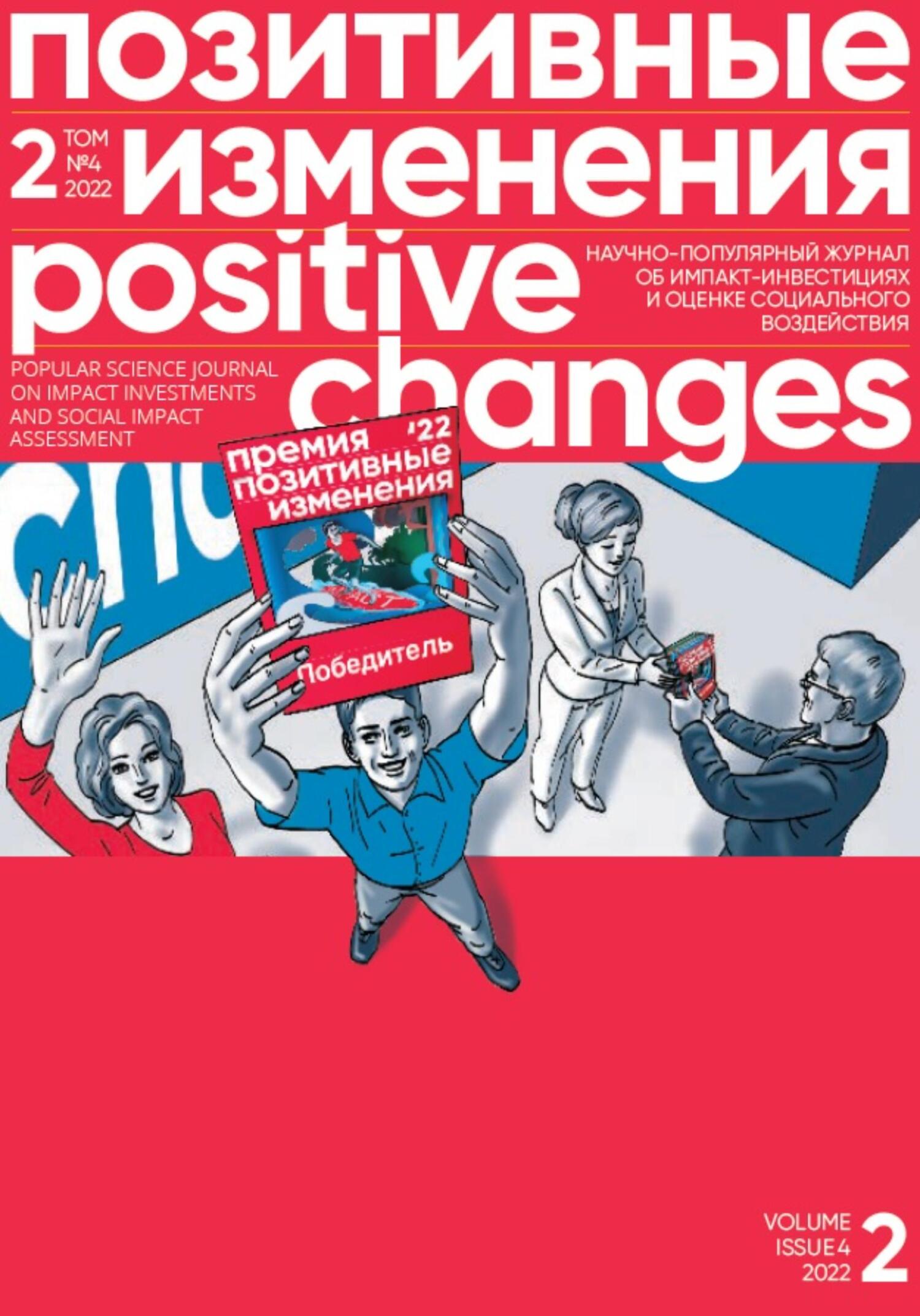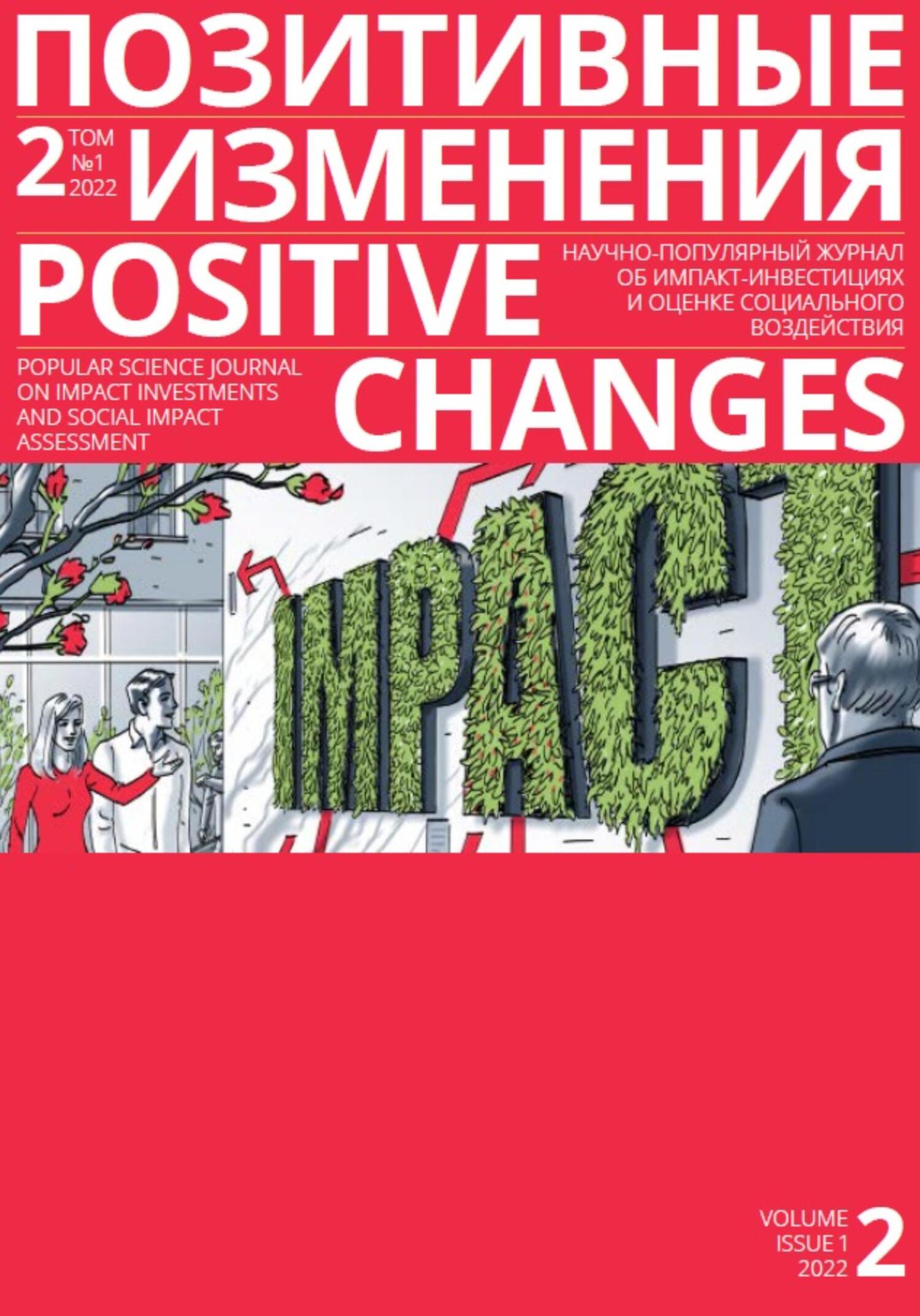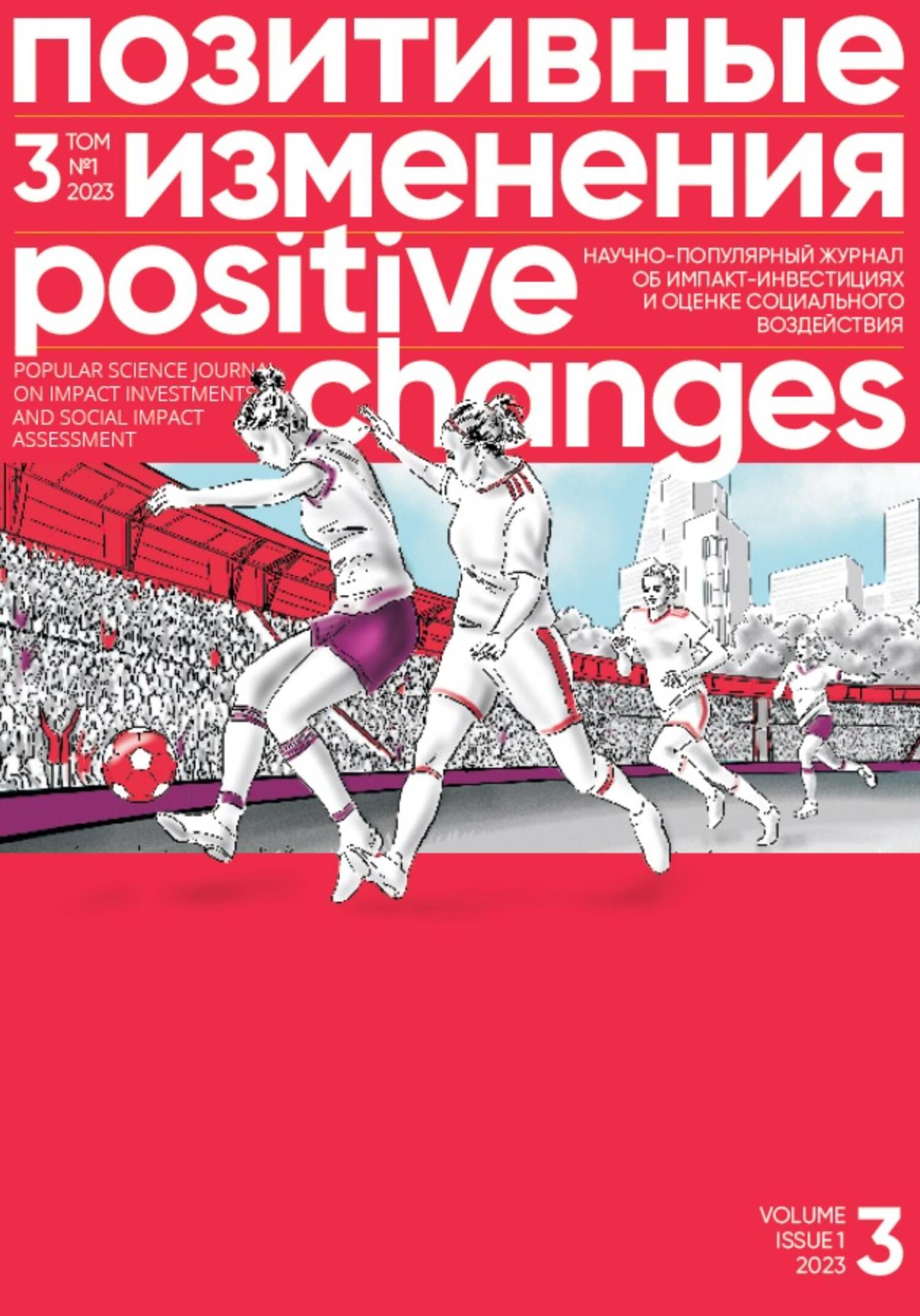Ознакомительная версия. Доступно 9 страниц из 45
cohesive group by a number of properties, do not happen by themselves, but for the sake of achieving some kind of common benefits in the future.
According to a study commissioned by the Timchenko Foundation in 2020–2021 and implemented by Strelka KB in conjunction with guest experts, three main interpretations of the term "community" run the golden thread in the history of its use: connection to a place, common interests and social solidarity, and social activism. In our work, we try to combine these interpretations.
By combining these approaches, we arrive at the following definitions:
A local community is a community that brings together people living together in the same area. The smaller the settlement, the tighter the social ties that unite the residents of the community (the classic model of a local community is a rural settlement). In large cities, local communities start to be fragmented into blocks and houses, and begin to play a smaller role in the life of the society.
Engagement is the involvement of all stakeholders affected by the change — residents of the nearby area, local communities, activists, representatives of administrative authorities, local businesses, experts and other stakeholders in the project — in the decision-making process to define the goals and objectives of a territory, to identify real problems and needs of the people, to make joint decisions, resolve conflicts and increase the effectiveness of common actions.
Solidarity is the recognition of the people’s common interests and the solution of common problems based on mutual understanding, mutual respect and mutual assistance, and the sharing of responsibilities.
Reflexive solidarity (this concept will come in handy towards the end) is the conscious overcoming of the boundary between representatives of different groups, aimed at improving the quality of life of all residents of the territory, including representatives of vulnerable groups.
Each of these concepts has extensive justification and detailed wording in the Timchenko Foundation’s internal strategy.
ABOUT SMALL TERRITORIES
About 40 % of the Russian population lives in remote rural areas, also known as "small territories." For various reasons, the small territories experience a shortage of resources: lack of funding, remoteness from regional centers, lack of access to modern knowledge and technology, poorly developed infrastructure. In the experience of the Foundation, short-term projects originally run by activists in the interests of themselves and their immediate circle, can eventually into long-term systematic work that affects the interests of all residents. Since 2015, the Foundation conducts the Cultural Mosaic of Small Towns and Villages contest, which serves as an example that sociocultural initiatives can become the driver of small area development by bringing the community together, creating an innovative creative environment, and adding relevance to history, heritage, and traditions.
The Cultural Mosaic is a three-year cycle during which teams gain experience from implementing their first project to creating a network of partners in their territory and building a center for sociocultural development. As the sociocultural environment improves, local residents develop a positive attitude toward their small motherland, and through their engagement in the process of change they begin to feel ownership and responsibility for the development of the place where they live. Over the eight years of the competition, the Foundation has developed important principles for achieving sustainable, long-term results.
This includes, on the one hand, a dense support of project leaders, and on the other hand — a step-by-step program for the development of winning teams.
459 projects from 65 regions received support during the period of the competition. Thanks to these projects:
• new jobs were created and the number of self-employed people increased: 705 new jobs;
• volunteer activity has grown: more than 7,100 volunteers a year;
• partnership with the government and business is strengthened — local associations and strategic working groups for territorial development are being created;
• financing is raised: 223 million rubles is the amount of co-funding raised for our projects; funding by Timchenko Foundation amounted to 407 million rubles (as of the end of 2021). Project leaders gain more experience and maturity year after year, their level of social capital increases, the results (both short-term and long-term) become more successful, giving a firm footing, partners appear, and some even manage to engage investors. The country discovers new small territories — Yuzha, Tulun, Totma, Rybinsk, Uryupinsk, and many others.
However, in eight years, only 31 projects have advanced so far as to become centers of sociocultural development that work systematically with the entire local community in all its diversity, not with isolated target groups or topics. Why did this happen?
The catch was the notion of leadership in communities. The local communities, which is important to note.
ABOUT COMMUNITY LEADERSHIP
The traditional concept of a leader describes a person who enjoys great, recognized authority, has influence in a group, organization, team, or unit that manifests itself as controlling actions. This classic notion of a leader is appropriate for an organization; it is also appropriate for initiating communities that are just starting to take shape. Perhaps this understanding of the leader can also be found in a number of professional communities (aka communities of interest), where there is invariably one person among the "equals" in status or level of interest, who takes responsibility for organizing the entire group.
If you break down most of the collaboration projects in a small territory, they turn out to be, in their content and meaning, the second type of communities — professional ones, where the strong team up with the strong, because it is beneficial for both sides.
However, this approach to leadership does not apply to local communities — which consist of people of different ages, social statuses, experiences, interests, principles, and values residing in the same area. How can one person, who has no legal, administrative and financial leverage, coordinate the interests of several hundred or even thousand different people? How can they balance the interests of business, government, activists, children,
Ознакомительная версия. Доступно 9 страниц из 45
























